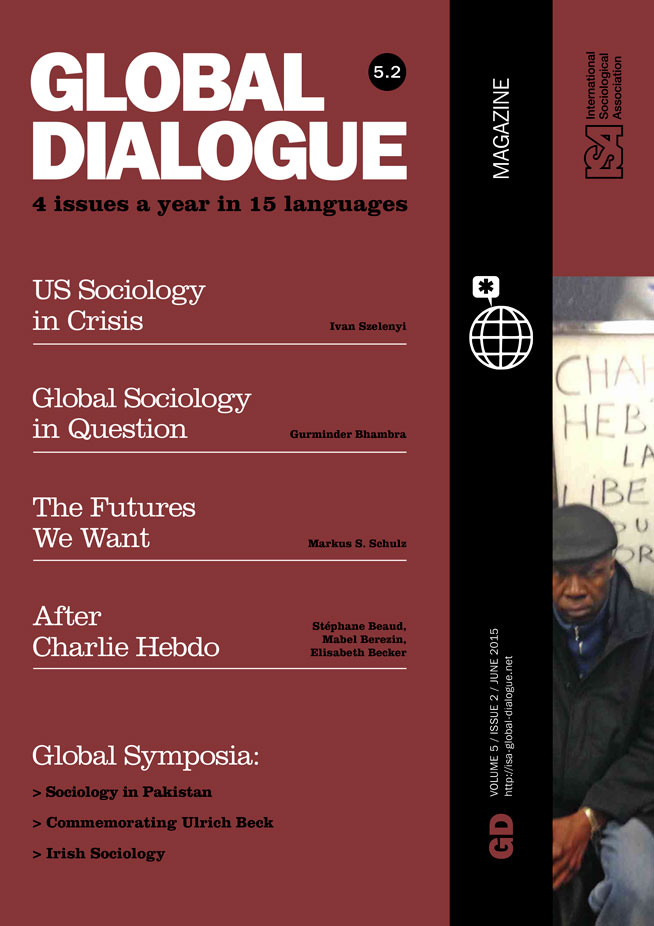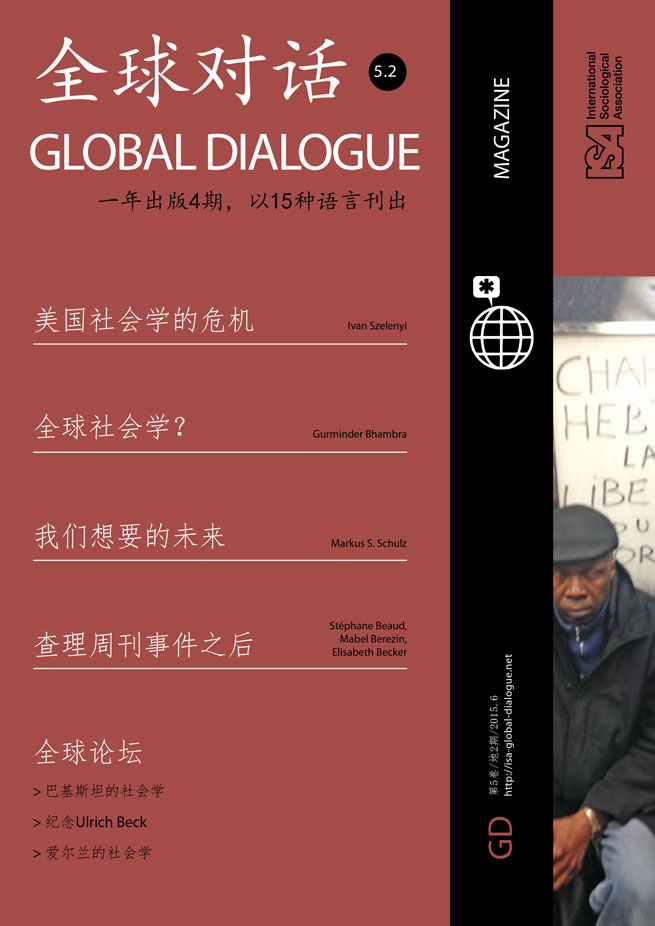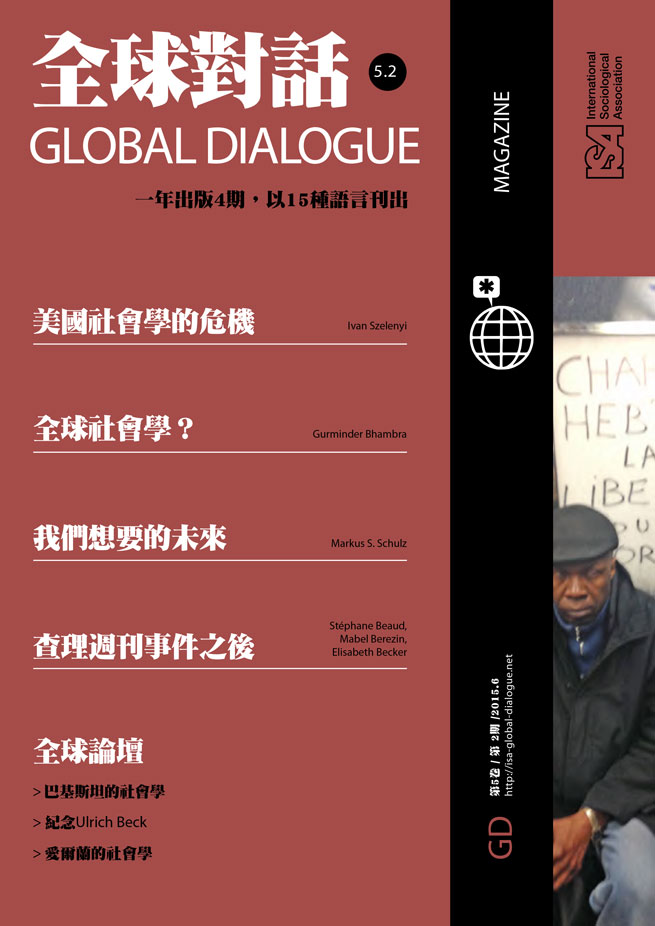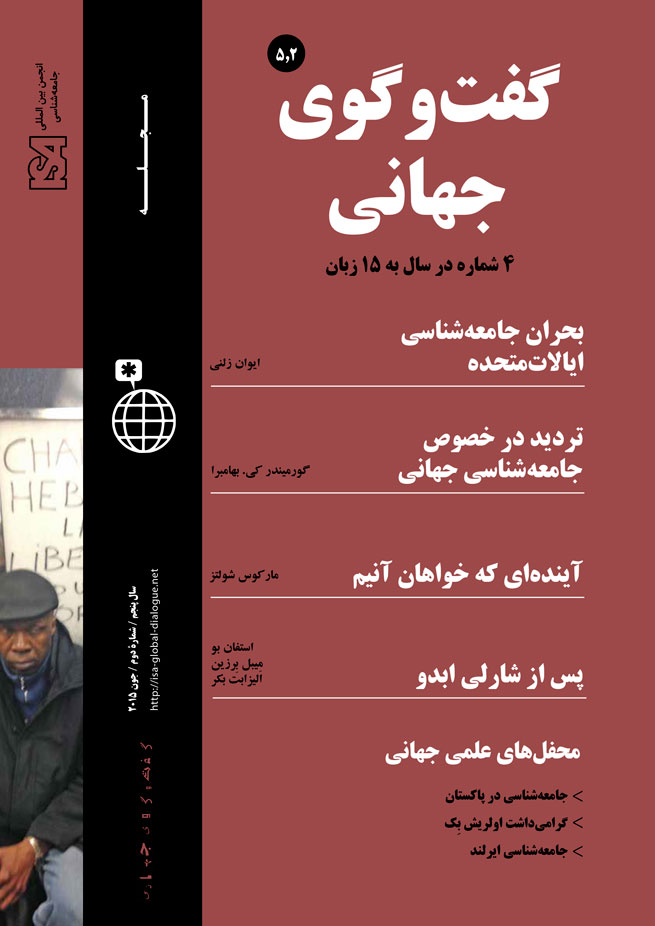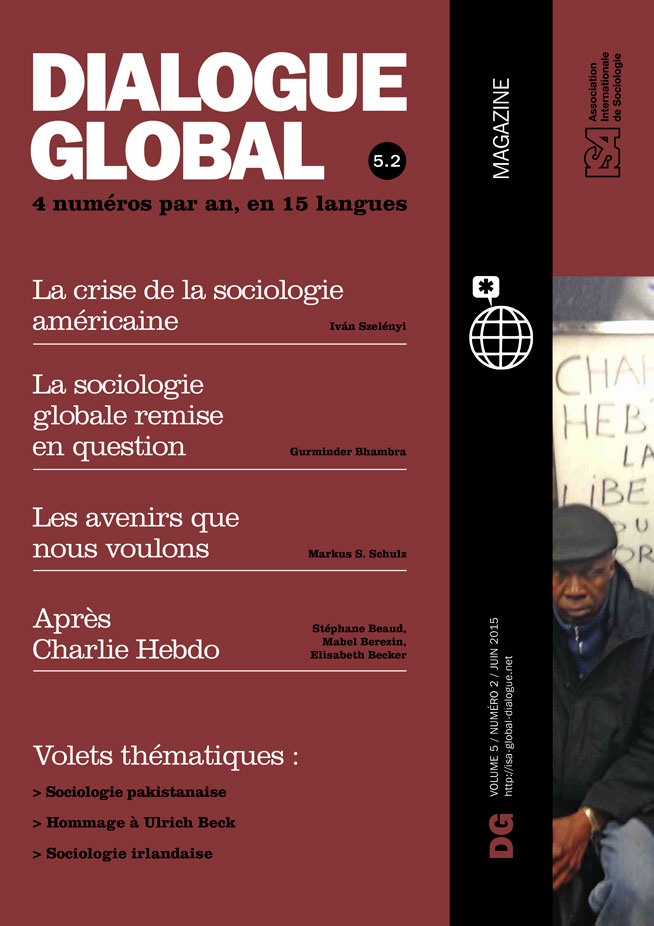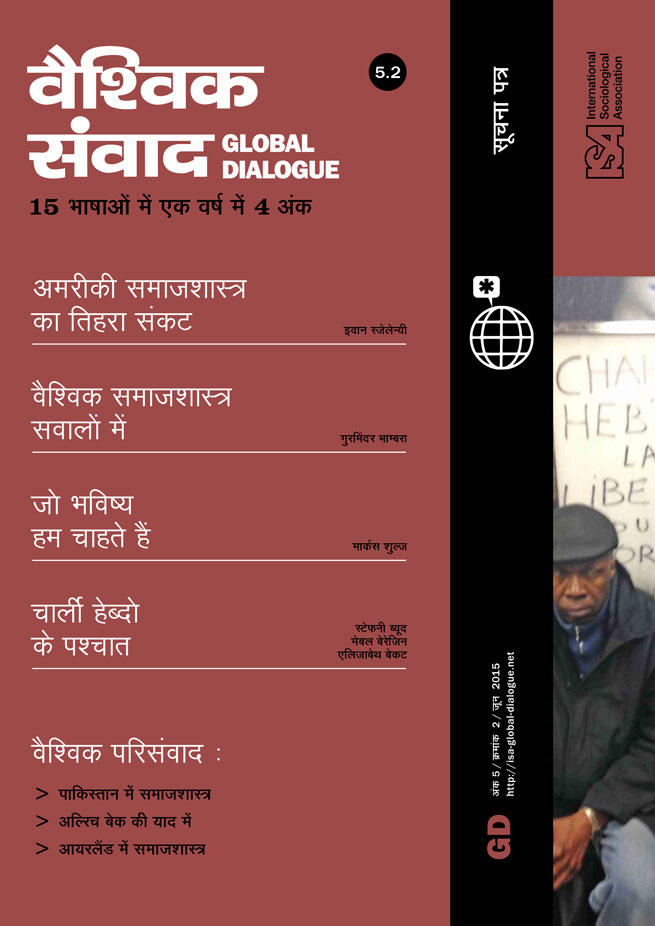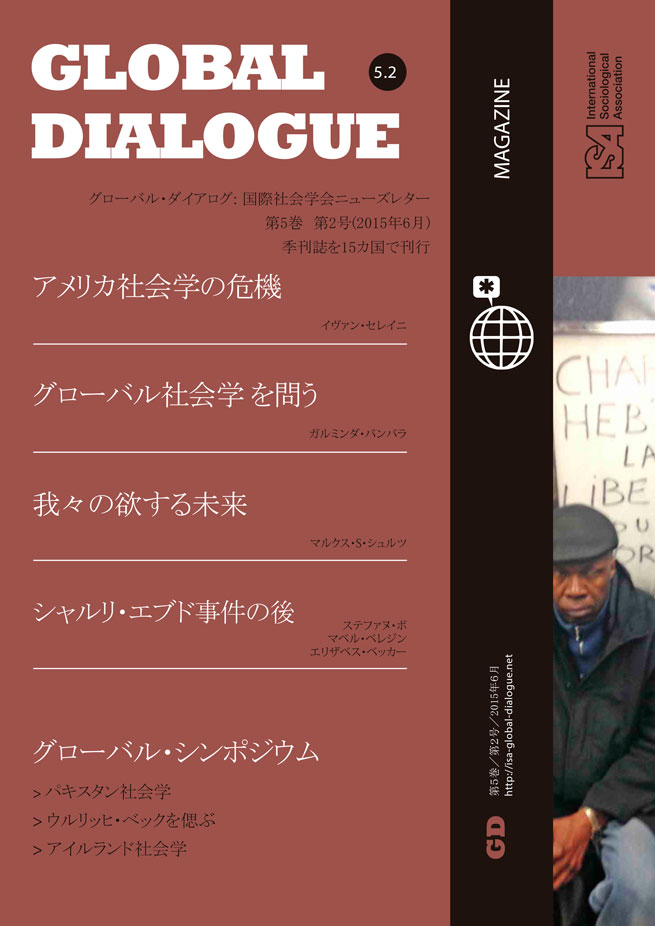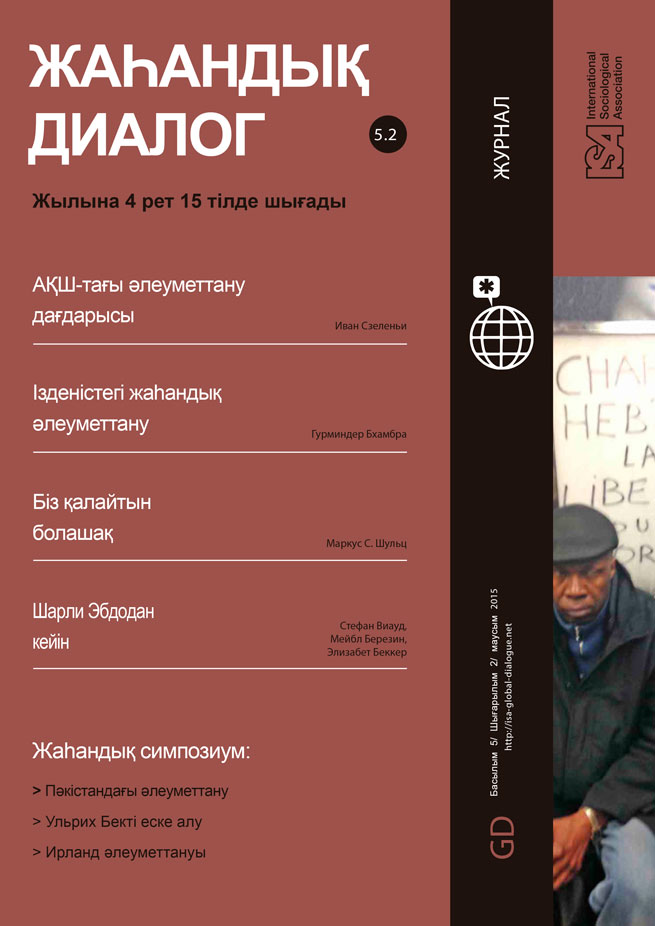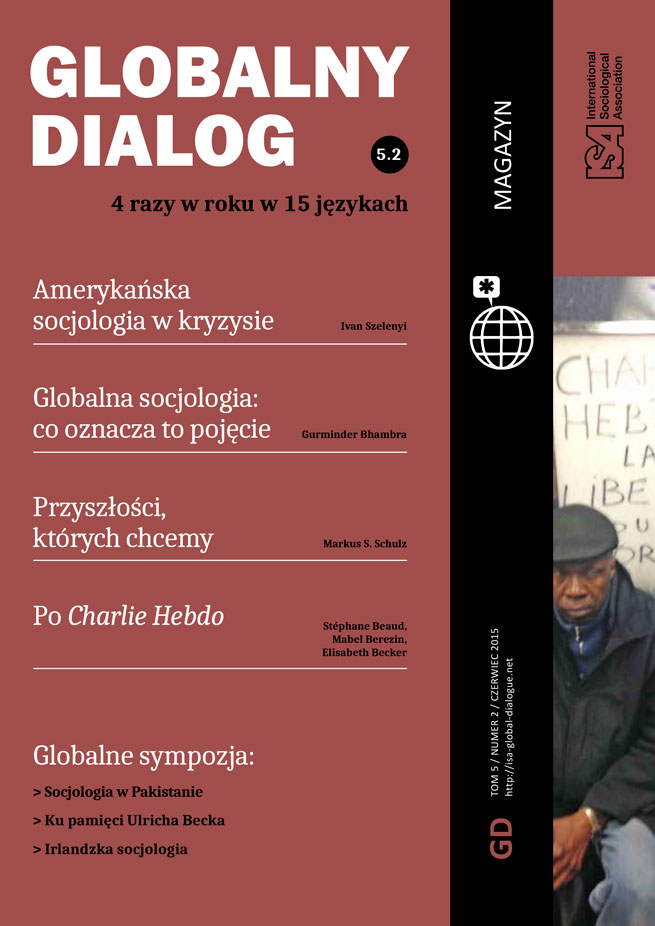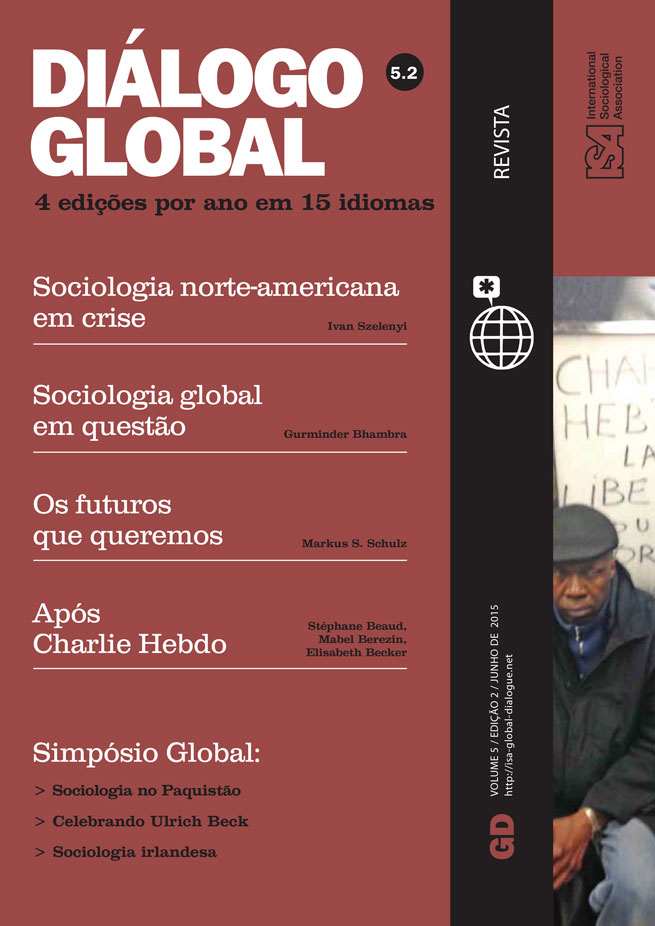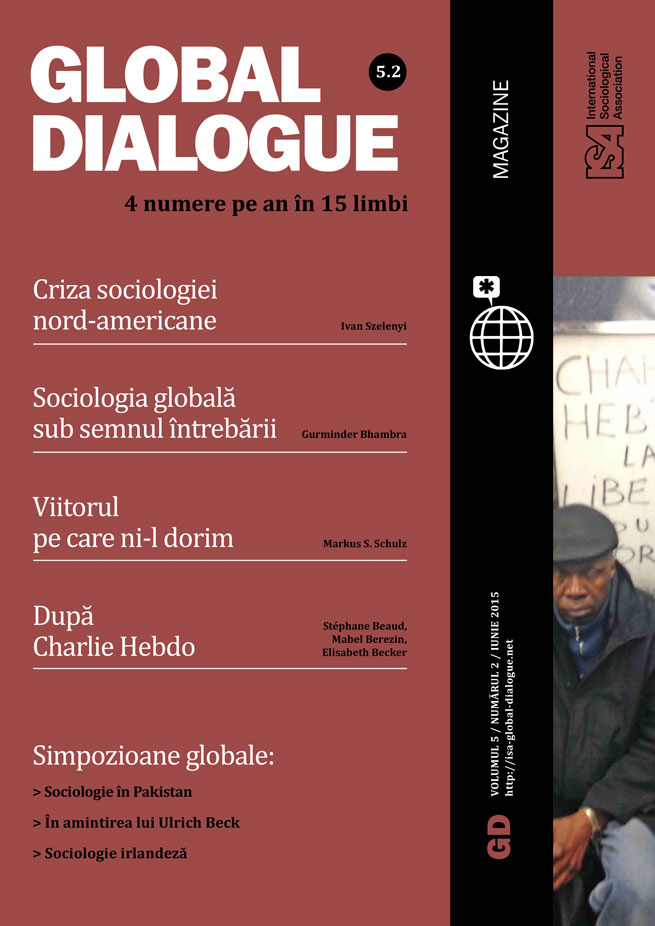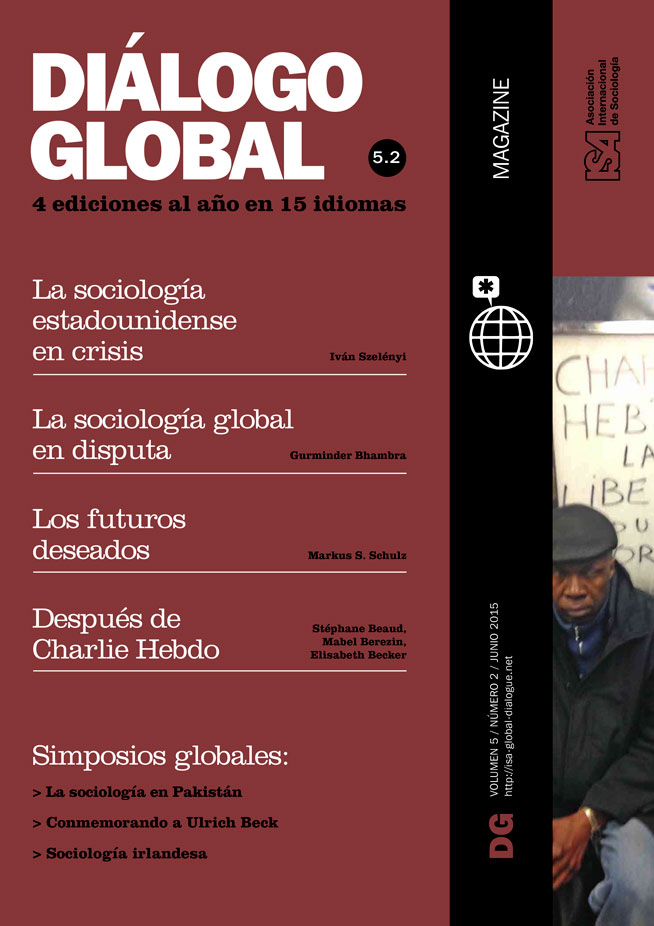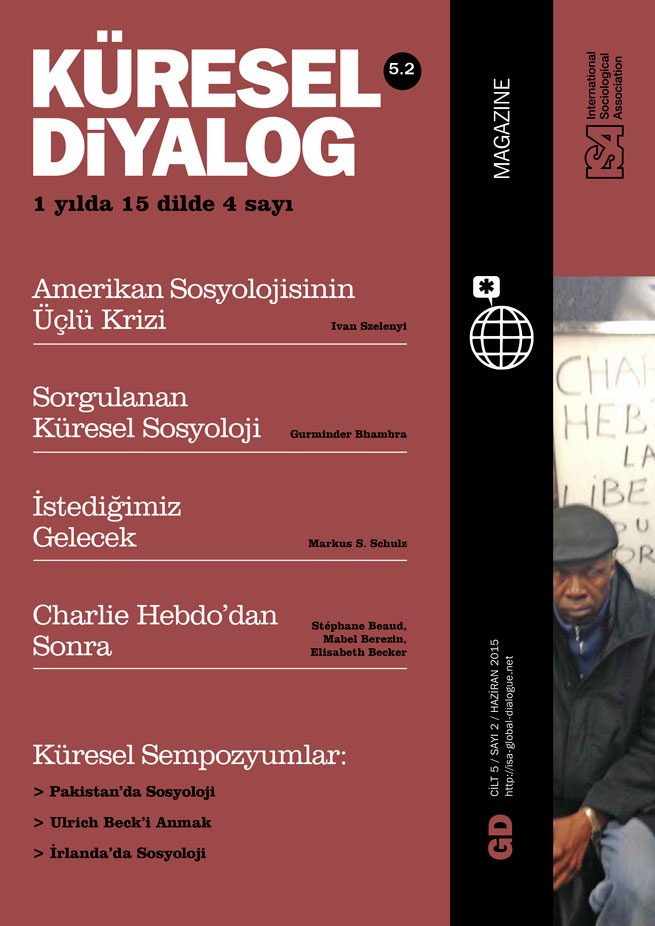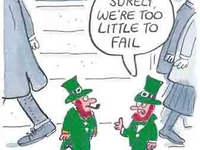In Defense of the Public Realm

April 30, 2015
As in other liberal democracies, the institutional public realm – as represented by publicly provided goods and services, education and public service media – has found itself in retreat in Ireland. At the same time, what I call the interstitial public realm – events below the radar, activities and practices that embody publicness and public spiritedness – is increasingly making its presence felt as Irish society comes to terms with the austerity years. It is possible to visualize a reformed Republic in which the values crystallizing in the interstitial public realm diffuse into the institutional public realm, forcing a rebalancing of the relationships between market, state and civil society.
The formal public realm has suffered a series of setbacks with the withdrawal of material resources and its exposure to unrelenting criticism. This is the outcome of 30 years of “private affluence and public squalor,” to use the words of J.K. Galbraith. Health providers, educators and public servants are the butt of broadsides from politicians, private sector cheer leaders and the media. Anthony Cawley’s analysis of media framing of the public sector in Ireland from 2008 to 2010 is instructive in this regard. He demonstrates that media reporting represented the public sector in opposition to the private sector, with the public sector most commonly associated with “cost,” “burden” and “spending” whereas the private sector was mostly associated with “investment” and “wealth creation.” We have become so used to this polarizing device that it almost passes without notice.
In the years leading up to the crisis, Ireland was reconfigured through financialization and marketization. It was not just the public goods and services sector that were undermined. Public intellectuals found it increasingly difficult (or in some cases inconvenient) to inhabit a critical space. Some have claimed that public intellectuals did not protest enough against the rampant market fundamentalism choking Irish political life and culture. Public intellectuals found themselves playing second fiddle to fast-talking technocrats. The voices of those who did speak out went unheeded or unheard.
Given the hegemonic role of the Catholic Church in a largely theocratic (and very inward-looking) state, civil society has always been relatively poorly developed and under resourced, at least compared to other European countries. The country has few authoritative institutions beyond the boundaries of the state that offer a platform for elaborating and defending the value of “the public” whether it applies to our public goods and services, our public intellectuals or the public realm in our cities and towns.
Crisis can also, however, be viewed as an opportunity. Ireland is going through a period of economic retrenchment, political volatility and psycho-social reflection. We “lost the plot,” “lost the run of ourselves” and we lost our economic sovereignty. But we have also become more resilient and more resourceful – most visible in the interstitial public realm in our cities, towns and neighborhoods. Here we find evidence of animation and renewal as people embrace their public, civic and social selves through a range of everyday practices in production and exchange; in participatory, democratic and direct forms of action; conducted via in-between and virtual spaces. Even a cursory examination of everyday life demonstrates the presence of “spaces of potential” in our interstitial public realm, often fashioned from below, nurtured by active citizens and alive to the human need for civic interaction.
Productive spaces such as urban allotments and exchange spaces such as farmers markets have been flourishing in cities and their hinterlands in recent years, challenging the mass consumer model, reconnecting people with nature and raising awareness about issues of environment and sustainability. Public libraries have been quietly reinventing themselves for the 21st century and constitute an outstanding example of service provision embedded in localities and addressing the needs of newcomers, whether Irish or immigrant. A senior police officer confided that the most integrated space in the city of Dublin is a public library in the newer West Dublin suburbs.
There are any number of examples of activity-based spaces of potential, which help to animate the public realm from the ground up: the annual Liffey swim, the Dublin marathon or the “forty-foot” public bathing point in South Dublin are open to all, attract people from all walks of life, have low barriers to entry and are public expressions of our (Irish) joy in self-flagellation! Up to 700 festivals and events are staged annually over the length and breadth of Ireland. These “staged” spaces of potential which generally rely on huge volunteer and goodwill efforts on the part of local communities remind us of the pleasures to be derived from art, food, history, music, literature and poetry.
“In-between” spaces of potential include pop-up art galleries, stores and performances (often in ghost buildings left over after the property crash), flash mob events and the newly popular car boot sales. Such impromptu events enliven our public spaces, make us re-examine some of our presuppositions (recycling, upcycling as well as cycling itself are increasingly popular). Virtual spaces of potential operate through computer mediated communication, and afford opportunities for political organizing, entrepreneurial fund-raising and a vibrant creative commons.
The work of the Gaelic Athletic Association – a volunteer organization which is frequently the first port of call for those seeking to build communities in commuter towns and green field suburbs – plays an important role in fostering a sense of identity, belonging and public stewardship. Democratic/participative spaces encompass initiatives as diverse as "Claiming our Future,” a federation of civil society groups that have come together to explore how best to achieve a more equal, inclusive and sustainable Ireland; the Men’s Shed project which provides a meeting place for older men to congregate and enjoy craft-based activities and leisure time pursuits; and the highly effective Anti-Water charges campaign that overflows the streets. All of these spaces of potential constitute important sites of civic engagement that have the effect of re-animating the Irish public realm from below, so that the citizenry see that there is more to public life than the economy. It is also about society. As this interstitial public realm grows and diffuses it has the potential to re-capture the institutional public realm as part of the wider project of renewing the Republic.
Mary P. Corcoran, National University of Ireland Maynooth, Ireland <Mary.Corcoran@nuim.ie>


